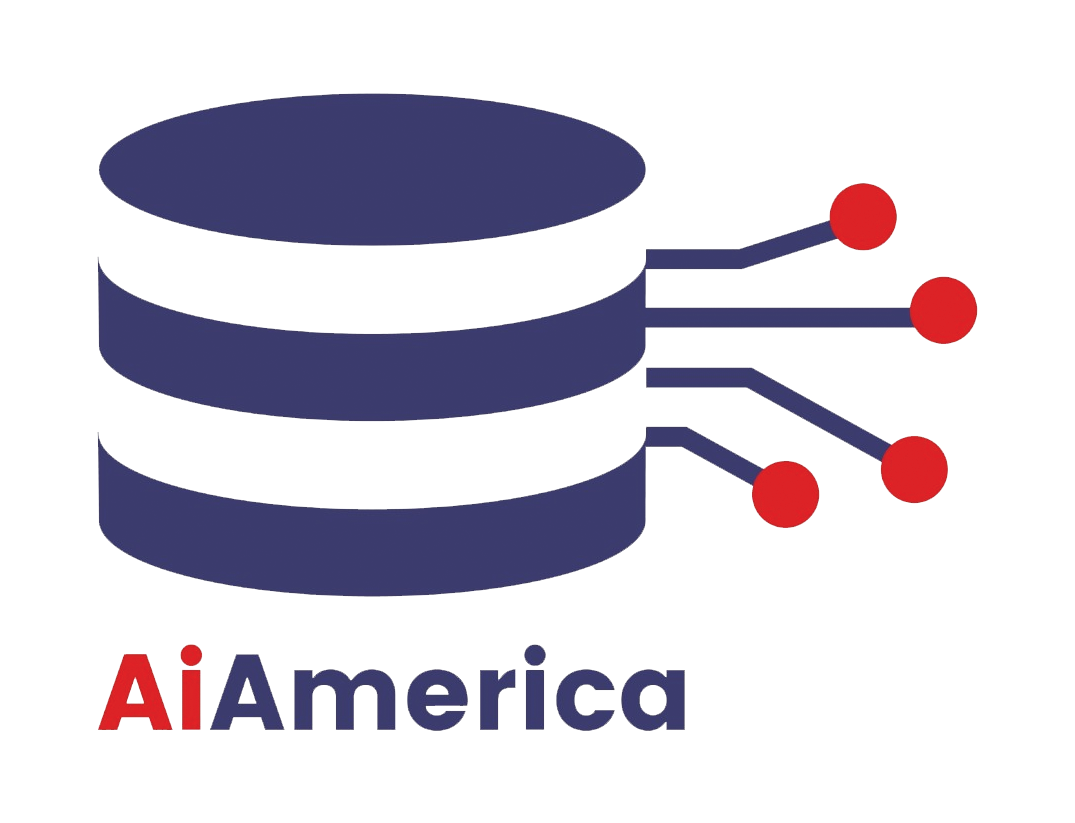
Close

Introduction:
In today’s data-driven landscape, businesses thrive on the ability to collect, process, and analyze data effectively. Azure Data Factory emerges as a formidable tool in this realm, empowering organizations to orchestrate and automate data workflows with ease.
This blog post embarks on a journey to explore the wonders of Azure Data Factory, uncovering its functionalities, applications, and the pivotal role it plays in modern data architecture.
Chapter 1: Understanding Azure Data Factory
What is Azure Data Factory?
An introduction to Azure Data Factory as a cloud-based data integration service.
Chapter 2: The Data Pipeline Blueprint
Building Blocks:
A breakdown of datasets, linked services, pipelines, and activities as the core components.
Chapter 3: Crafting Data Pipelines
Creating Pipelines:
A step-by-step guide to designing and implementing data pipelines.
Chapter 4: Data Movement and Transformation
Data Copy Activities:
Leveraging data movement capabilities to transfer data across various platforms.
Data Flow Activities:
Transforming and enriching data with data flows.
Chapter 5: Monitoring and Management
Monitoring Dashboard:
Utilizing the Azure portal for real-time monitoring.
Chapter 6: Integration with Azure Services
Azure Services Ecosystem:
Exploring how Azure Data Factory collaborates seamlessly with other Azure services.
Chapter 7: Real-World Applications
Data Migration:
Streamlining the process of migrating on-premises data to the cloud.
Big Data Processing:
Harnessing Azure Data Factory for processing massive datasets.
Chapter 8: Best Practices and Tips
Security Considerations:
Ensuring data security throughout the pipeline.
Performance Optimization:
Tips for enhancing data pipeline performance.
Chapter 9: The Future of Data Orchestration
AI and Automation:
Predictive analytics and automation shaping the future of data orchestration.
Conclusion:
In a world fueled by data, Azure Data Factory emerges as a beacon of efficiency, enabling organizations to navigate the complex data landscape. It empowers businesses to automate workflows, optimize data processing, and gain insights faster.